Home>diy>Building & Construction>What Is Multifamily Construction
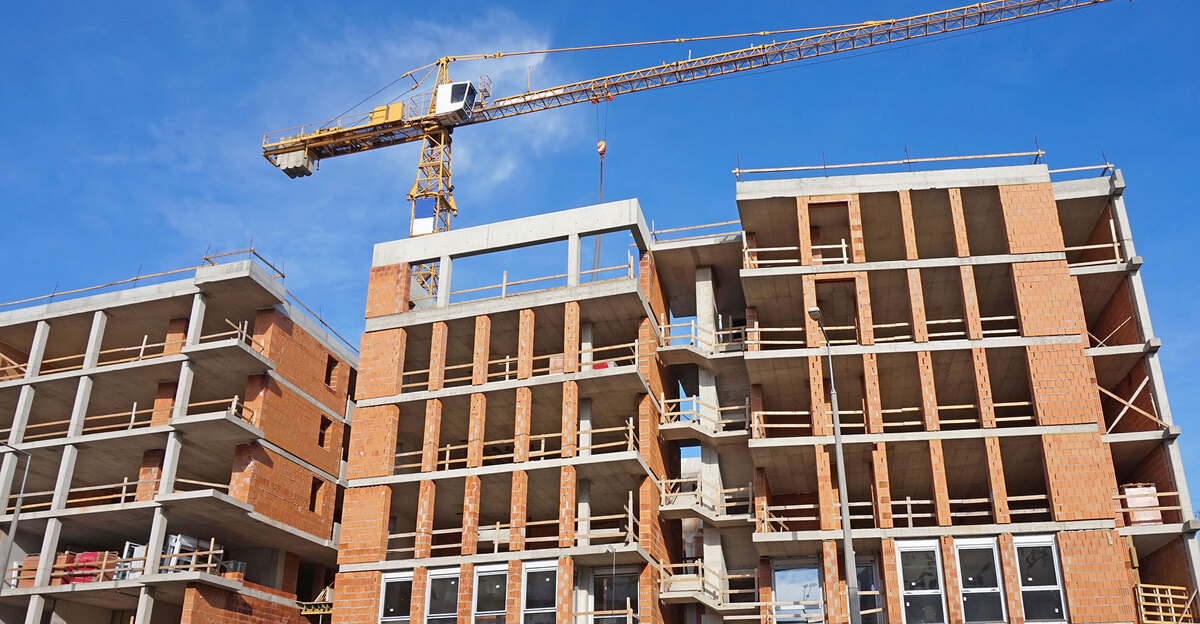

Building & Construction
What Is Multifamily Construction
Modified: January 19, 2024
Discover the benefits and process of multi-family construction, including building-construction techniques and strategies for creating profitable residential properties.
(Many of the links in this article redirect to a specific reviewed product. Your purchase of these products through affiliate links helps to generate commission for Storables.com, at no extra cost. Learn more)
Introduction
Welcome to the world of multi-family construction! In this article, we will explore what multi-family construction is all about, its benefits, the factors influencing it, different types of multi-family construction, the challenges it presents, and some popular trends in the industry. Whether you are a building contractor, investor, or simply interested in the world of construction, this article will give you a comprehensive understanding of multi-family construction.
Multi-family construction refers to the process of building residential structures that house multiple families or households. It involves creating apartments, condominiums, townhouses, or other multi-unit dwellings. This type of construction differs from single-family construction where only one residential unit is built on a property.
There are a variety of reasons why multi-family construction has gained popularity in recent years. Firstly, it offers a more cost-effective solution for housing as the land and construction costs are divided among multiple units. This helps developers create affordable housing options for individuals and families. Additionally, multi-family construction provides opportunities for urban revitalization by utilizing vacant or underutilized land in cities.
Several factors influence the demand for multi-family construction. One of the key factors is the growing population, especially in urban areas, where space is limited. As people flock to cities in search of employment and better opportunities, the demand for housing also increases. Multi-family construction helps meet this demand by providing efficient and compact living spaces.
The lifestyle preferences of today’s population also contribute to the demand for multi-family construction. Many individuals and families are looking for housing options that offer amenities and shared spaces, such as fitness centers, swimming pools, community gardens, and common areas for socializing. Multi-family construction caters to these preferences by incorporating these features into their designs.
Multi-family construction can take various forms, each offering unique benefits and features. Some common types include apartment complexes, where multiple units are grouped together in a single building or a set of buildings. Condominiums are similar to apartments but are individually owned units within a larger complex. Townhouses are multi-unit dwellings with individual entrances and shared walls.
Key Takeaways:
- Multi-family construction offers cost-efficient housing solutions by dividing land and construction costs among multiple units, providing shared amenities, and catering to diverse lifestyle preferences, contributing to vibrant urban communities.
- The evolving trends in multi-family construction, such as sustainable design, smart technology integration, and wellness-focused amenities, are shaping the future of housing, meeting the changing needs and preferences of residents while fostering a sense of community.
Read more: What Is Zoning For Multifamily
Definition of Multi-Family Construction
Multi-family construction is the process of building residential structures that are designed to accommodate multiple households or families. It involves the construction of apartment buildings, condominiums, townhouses, or other multi-unit dwellings. These structures are designed to provide separate living spaces for each household while sharing common areas and amenities.
Unlike single-family homes, where a single dwelling unit is built on a property, multi-family construction focuses on creating multiple units within a single building or complex. This approach allows for efficient land use, as multiple households can be accommodated in a smaller footprint.
Multi-family construction projects typically involve a team of professionals, including architects, engineers, contractors, and builders. The process begins with the design phase, where the layout and floor plans are created to maximize the use of space while ensuring privacy and comfort for each unit.
Once the design is finalized, the construction phase begins, involving various tasks such as site preparation, foundation construction, framing, plumbing, electrical work, and interior finishes. Each unit is constructed following the approved plans and building codes to ensure safety and quality.
During the construction process, considerations are made for common areas and amenities that will be shared by all residents. These can include lobbies, recreational areas, fitness centers, parking facilities, and outdoor spaces. The design and construction of these shared spaces aim to enhance the quality of life for the residents and create a sense of community within the multi-family development.
Multi-family construction also involves adhering to local regulations and zoning requirements. Each municipality may have specific guidelines and codes that govern the construction of multi-family buildings, ensuring compliance with safety standards, fire codes, accessibility regulations, and environmental considerations.
Once the construction is complete, the building undergoes inspections and quality checks to ensure it meets all necessary requirements. The units are then made available for occupancy, either through rental agreements or individual sales in the case of condominiums.
Overall, multi-family construction plays a crucial role in meeting the housing needs of a growing population, providing efficient and affordable housing options for individuals and families. It combines thoughtful design, construction expertise, and community-focused amenities to create spaces that foster a sense of belonging and comfort for residents.
Benefits of Multi-Family Construction
Multi-family construction offers a wide range of benefits for both developers and residents. Let’s explore some of the key advantages of multi-family construction:
- Cost-Efficiency: One of the primary benefits of multi-family construction is its cost-efficiency. By building multiple units within a single building or complex, developers can make more efficient use of land and resources, resulting in lower construction costs per unit. This allows for the creation of affordable housing options for residents.
- Shared Expenses: In a multi-family development, residents share expenses such as maintenance, landscaping, and amenities. This helps distribute costs among multiple households, making it more affordable compared to single-family homes. Additionally, shared utilities and infrastructure reduce individual expenses, benefiting both residents and the environment.
- Amenities and Shared Spaces: Multi-family developments often offer a wide range of amenities and shared spaces that enhance the quality of life for residents. These can include fitness centers, swimming pools, community rooms, outdoor recreational areas, and more. These shared facilities promote social interaction, create a sense of community, and provide added convenience for residents.
- Location and Accessibility: Multi-family construction is often located in desirable areas with close proximity to amenities, public transportation, schools, and employment centers. This allows residents to enjoy convenient access to services and reduces commuting time and expenses. It also contributes to sustainable development by reducing the need for long-distance travel.
- Security and Safety: Multi-family developments often incorporate security features such as gated entrances, surveillance systems, and on-site management. This provides residents with a sense of security and peace of mind. Additionally, the presence of neighbors and community members can contribute to a safer living environment.
- Flexibility and Variety: Multi-family construction encompasses a variety of housing types, including apartments, condominiums, and townhouses. This offers flexibility to individuals and families with diverse needs and preferences. Residents can choose from different floor plans, sizes, and designs to find the ideal living space that suits their lifestyle.
These are just a few of the many benefits that multi-family construction offers. Whether it’s the cost savings, shared amenities, or the sense of community, multi-family developments provide an attractive and sustainable housing solution for a range of individuals and families.
Factors Influencing Multi-Family Construction
Several factors influence the demand and growth of multi-family construction. Understanding these factors is crucial for developers and industry professionals to make informed decisions and meet the evolving needs of residents. Let’s explore some of the key factors that influence multi-family construction:
- Population Growth: The growing population, particularly in urban areas, is a significant driver of multi-family construction. As more people migrate to cities in search of better opportunities, the demand for housing increases. Multi-family construction provides an efficient solution to accommodate a larger number of households within limited urban space.
- Housing Affordability: The cost of housing is a major consideration for many individuals and families. Multi-family construction addresses this concern by providing affordable housing options. The ability to divide construction and land costs among multiple units makes multi-family developments more cost-effective, allowing developers to offer housing at different price points.
- Lifestyle Preferences: The changing lifestyle preferences of modern residents also contribute to the demand for multi-family construction. Many individuals and families seek housing options that provide convenient amenities and shared spaces. Multi-family developments often offer features such as fitness centers, communal gardens, recreational areas, and social gathering spaces, catering to these lifestyle preferences.
- Urbanization and Space Constraints: The process of urbanization and limited available land in urban areas drive the need for multi-family construction. As cities become more densely populated, there is a greater need for housing options that maximize land use. Multi-family developments enable more efficient use of limited urban land by accommodating multiple households within a smaller footprint.
- Shift towards Sustainable Living: The increasing focus on sustainability and environmentally friendly practices has a significant impact on multi-family construction. Developers are incorporating green building techniques, energy-efficient systems, and sustainable materials into their projects. This not only benefits the environment but also provides residents with energy-efficient homes that reduce utility costs.
- Changing Demographics: Changing demographics, including an aging population and an increase in single-person households, influence the demand for multi-family construction. Older adults often prefer the convenience and security of multi-family living, while individuals living alone may seek smaller, more manageable living spaces. Developers are adapting to these demographic shifts by creating housing options that cater to specific needs and preferences.
The factors influencing multi-family construction are intertwined and reflect the evolving needs and preferences of residents. Keeping a pulse on these factors enables developers to create housing solutions that meet the demands of the market and provide comfortable and sustainable living spaces for individuals and families alike.
When investing in multi-family construction, consider the location’s demand, zoning regulations, and potential for rental income. Conduct thorough market research before starting the project.
Different Types of Multi-Family Construction
Multi-family construction encompasses various types of residential structures that cater to the diverse needs and preferences of residents. Let’s explore some of the most common types of multi-family construction:
- Apartment Complexes: Apartment complexes are a popular form of multi-family construction. They consist of multiple units grouped together in one or more buildings. Apartments can vary in size and layout, ranging from studios to multiple-bedroom units. These complexes often include amenities such as parking facilities, landscaping, and shared common areas for residents to enjoy.
- Condominiums: Condominiums, or condos, are similar to apartments but are individually owned units within a larger multi-unit building or complex. Each unit is separately owned, and residents share ownership of common areas and amenities, which are collectively managed by a homeowners association. Condos offer a blend of privacy and community living, providing residents with the benefits of homeownership while enjoying shared facilities.
- Townhouses: Townhouses are multi-unit dwellings that consist of individual units stacked horizontally and connected by shared walls. These units often have their own separate entrances and may have multiple floors. Townhouses typically offer more privacy than apartments or condos, while still providing some shared amenities such as common outdoor spaces, playgrounds, or community centers.
- Duplexes and Triplexes: Duplexes and triplexes are multi-family structures consisting of two or three residential units, respectively. Each unit in a duplex or triplex is typically self-contained, with separate entrances and utilities. These smaller-scale multi-family properties are often found in residential neighborhoods, offering a mix of privacy and shared living.
- Mixed-Use Developments: Mixed-use developments combine residential units with commercial and retail spaces in the same building or complex. These developments create a live-work-play environment, allowing residents to have convenient access to amenities such as shops, restaurants, and offices. Mixed-use developments often contribute to vibrant urban communities, creating a sense of connectivity for residents.
These are just a few examples of the different types of multi-family construction. Each type offers unique advantages and appeals to different individuals and families based on their lifestyle needs and preferences. The versatility of multi-family construction ensures that there is a suitable housing option available for a wide range of residents.
Read more: What Is Pre-Construction In Construction
Challenges in Multi-Family Construction
While multi-family construction offers numerous benefits, it also presents its fair share of challenges for developers and industry professionals. Understanding and addressing these challenges is crucial for successful project execution. Let’s explore some of the key challenges in multi-family construction:
- Design Complexity: Designing multi-family structures requires careful planning and consideration to optimize space utilization and ensure privacy for each unit. Balancing the need for individual living spaces with shared amenities and common areas can be challenging and requires a thoughtful approach to design.
- Construction Logistics: Multi-family construction often involves working in urban areas with limited space, which can create logistical challenges. Dealing with site constraints, managing deliveries, coordinating subcontractors, and minimizing disruptions to residents in nearby buildings are all aspects that require careful coordination to keep the project on track.
- Regulatory Compliance: Multi-family construction must adhere to various regulations, building codes, and zoning requirements. Compliance with accessibility standards, fire safety codes, energy efficiency standards, and other local regulations can add complexity and time to the construction process.
- Cost Management: Managing costs is a critical challenge in multi-family construction. Balancing the need to deliver affordable housing while also meeting quality standards can be a delicate task. Builders must carefully monitor expenses, material costs, labor costs, and keep the project within budget to ensure its viability.
- Community Engagement: Multi-family construction projects can face opposition from local communities concerned about factors like increased traffic, noise, or changes to the neighborhood’s character. Engaging with the community, addressing concerns, and ensuring transparent communication throughout the construction process is essential for maintaining positive relationships and obtaining necessary approvals.
- Construction Timelines: Timely completion of multi-family construction projects is crucial to meet housing demands and financial goals. However, factors such as weather conditions, supply chain disruptions, and unforeseen construction issues can cause delays. Effective project management and contingency plans are necessary to keep construction timelines on track.
- Sustainability and Green Building: Incorporating sustainable practices and green building techniques into multi-family construction presents both challenges and opportunities. Balancing the costs of implementing sustainable features, such as energy-efficient systems or renewable materials, with the long-term environmental and economic benefits requires careful planning.
Overcoming these challenges requires collaboration, experience, and innovative solutions. Developers and industry professionals must anticipate and address these challenges to ensure the successful completion of multi-family construction projects that meet the needs of residents and contribute positively to the built environment.
Popular Trends in Multi-Family Construction
As the needs and preferences of residents continue to evolve, the multi-family construction industry is adopting various trends to meet these demands and create innovative living spaces. Let’s explore some of the popular trends in multi-family construction:
- Sustainable Design and Green Building: Sustainability is a growing focus in multi-family construction. Developers are incorporating eco-friendly features such as energy-efficient appliances, solar panels, green roofs, and rainwater harvesting systems. The aim is to reduce environmental impact, lower energy costs, and provide residents with healthier, more sustainable living environments.
- Smart Technology Integration: Smart home technology is becoming increasingly popular in multi-family construction. Developers are integrating features such as smart thermostats, lighting systems, and security systems that can be controlled remotely. This allows residents to simplify their daily routines, enhance security, and reduce energy consumption.
- Flexible and Versatile Spaces: Multi-family construction is incorporating flexible and adaptable spaces to accommodate residents’ changing needs. For example, units may include multipurpose rooms, movable walls, or convertible furniture to maximize space utilization and allow for customization based on individual preferences.
- Wellness and Health-Focused Amenities: Developers are incorporating wellness-focused amenities to promote residents’ physical and mental well-being. This includes fitness centers, yoga studios, outdoor exercise spaces, and relaxation areas. Additionally, the inclusion of green spaces, walking trails, and access to nature helps create a healthier living environment.
- Co-living and Shared Spaces: Co-living spaces are gaining popularity, especially among young professionals and millennials. These developments offer private bedrooms and bathrooms within a shared space that includes communal kitchens, dining areas, and living spaces. Shared amenities, such as co-working spaces and social lounges, foster a sense of community and encourage interaction among residents.
- Urban Farming and Community Gardens: Multi-family constructions are incorporating urban farming and community gardens as an increasing number of residents seek access to sustainable food options. These spaces allow residents to grow their own produce, promote sustainability, and create a sense of community through shared gardening experiences.
- Well-Designed Outdoor Spaces: Developers are investing in well-designed outdoor spaces to enhance the living experience for residents. This can include rooftop gardens, outdoor lounges, barbecue areas, and pet-friendly amenities. These spaces provide opportunities for relaxation, socialization, and a connection with nature.
These are just a few of the popular trends in multi-family construction. As the industry continues to evolve, innovative approaches and creative designs will shape the future of multi-family housing. By embracing these trends, developers can meet the changing needs and preferences of residents while creating sustainable and vibrant communities.
Conclusion
Multi-family construction plays a vital role in meeting the housing needs of a growing population, especially in urban areas. The benefits of multi-family construction, such as cost-efficiency, shared amenities, and a sense of community, make it an attractive option for developers and residents alike.
The demand for multi-family construction is influenced by various factors, including population growth, housing affordability, lifestyle preferences, and urbanization. Developers need to stay abreast of these factors to create housing options that cater to the evolving needs of residents.
Different types of multi-family construction, from apartment complexes to townhouses, provide a variety of options for individuals and families seeking housing solutions. Each type offers its unique benefits and features, appealing to different lifestyles and preferences.
Of course, multi-family construction also faces challenges, such as design complexity, regulatory compliance, and community engagement. Overcoming these challenges requires careful planning, effective project management, and collaboration among industry professionals.
As the industry progresses, popular trends in multi-family construction are emerging. Sustainable design, integration of smart technologies, flexible spaces, and well-designed amenities are just a few examples of how the industry is evolving to meet the demands of residents and create innovative living environments.
In conclusion, multi-family construction continues to be a dynamic and essential sector of the building industry. It offers a solution to housing needs, fosters community connections, and combines functionality with aesthetic appeal. By embracing the benefits, addressing challenges, and incorporating emerging trends, multi-family construction will continue to shape the future of housing for years to come.
Frequently Asked Questions about What Is Multifamily Construction
Was this page helpful?
At Storables.com, we guarantee accurate and reliable information. Our content, validated by Expert Board Contributors, is crafted following stringent Editorial Policies. We're committed to providing you with well-researched, expert-backed insights for all your informational needs.

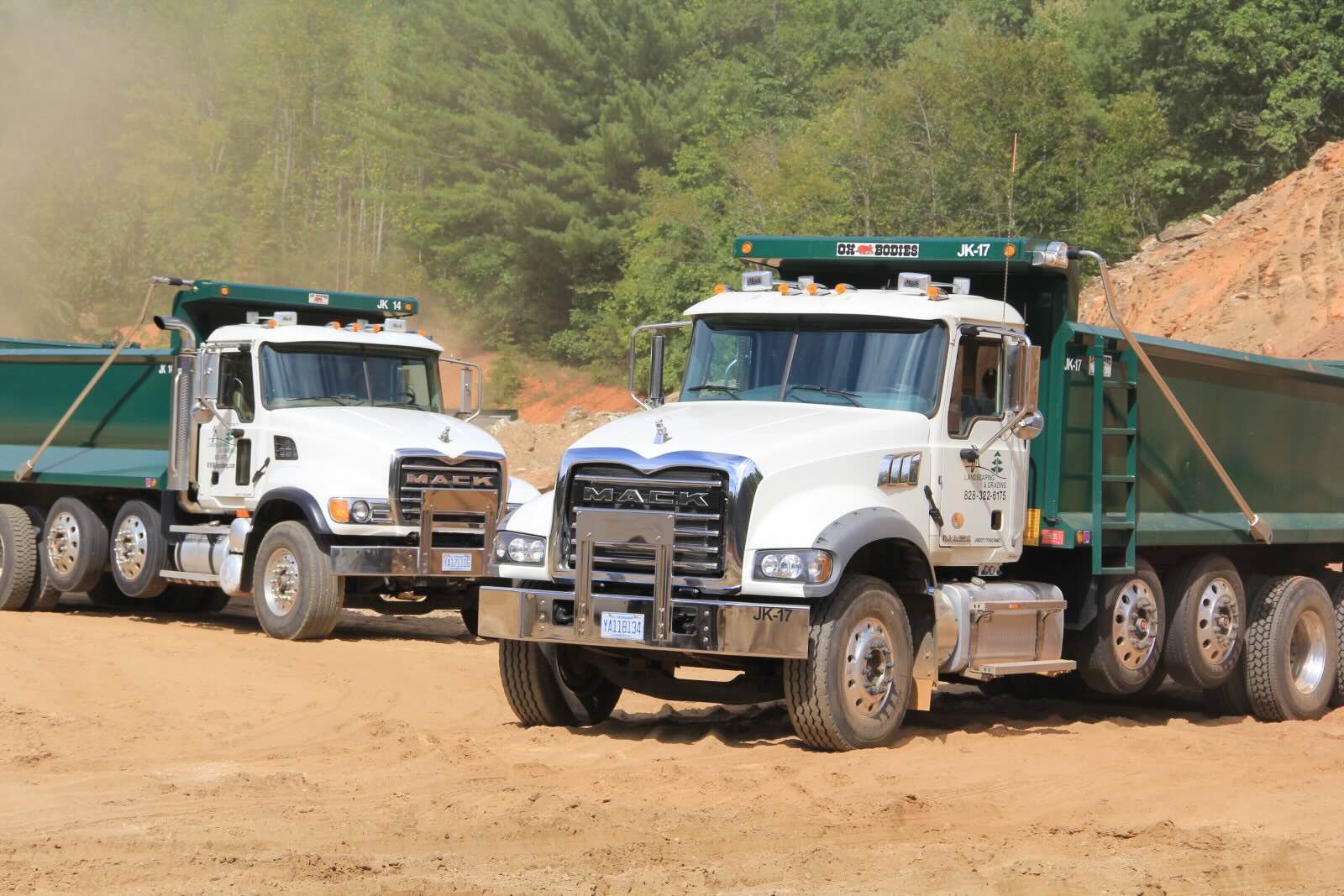
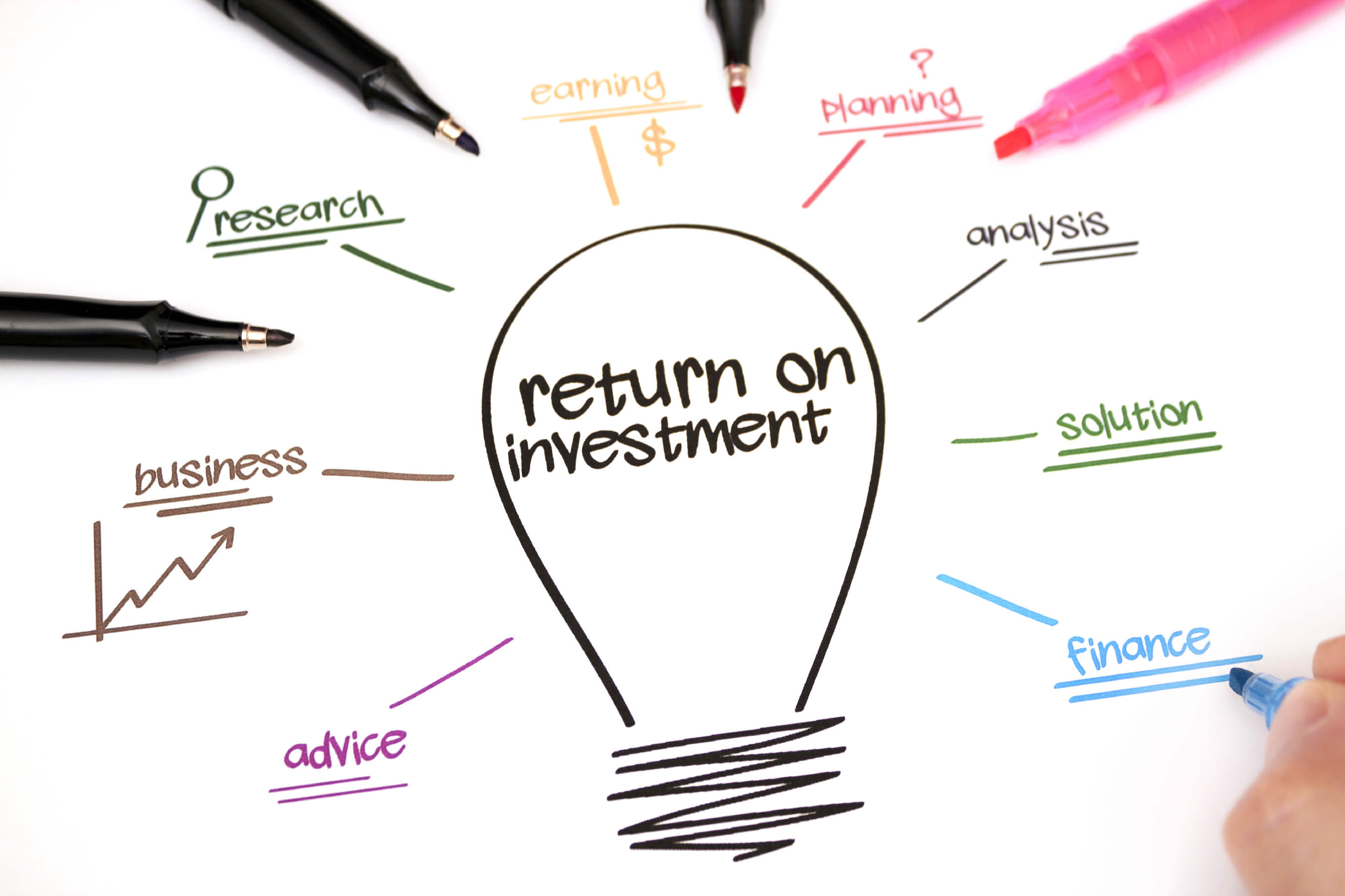
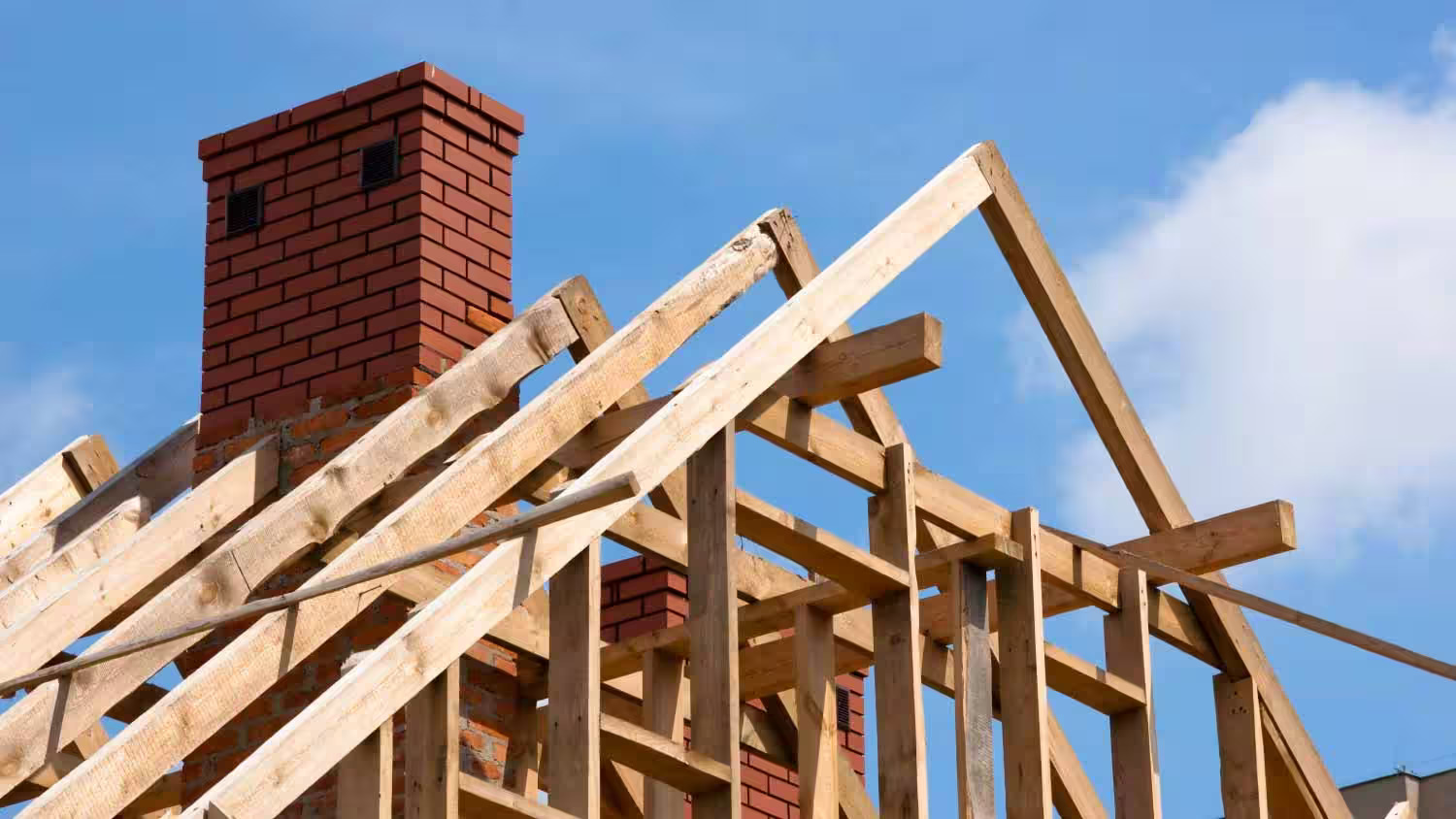
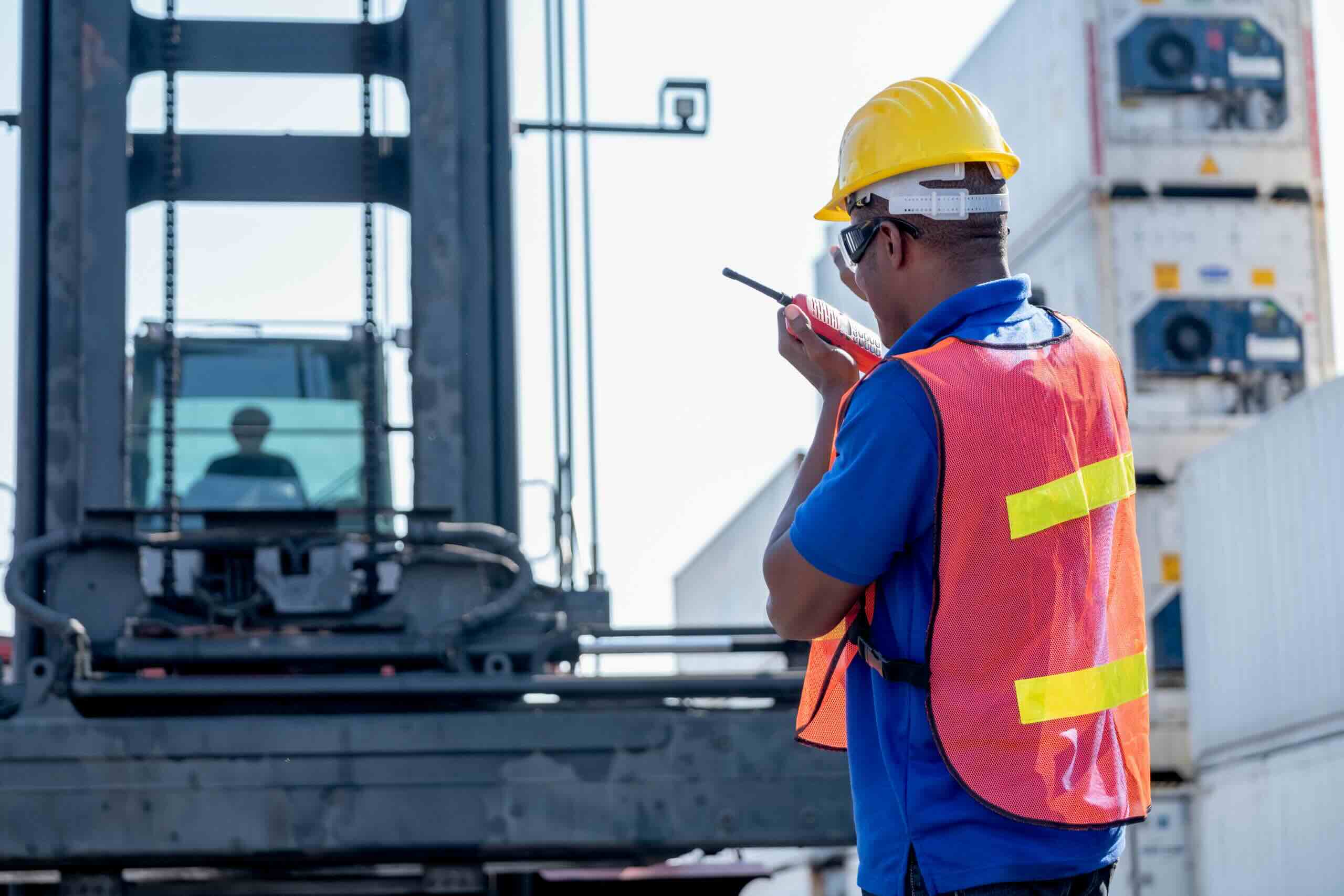
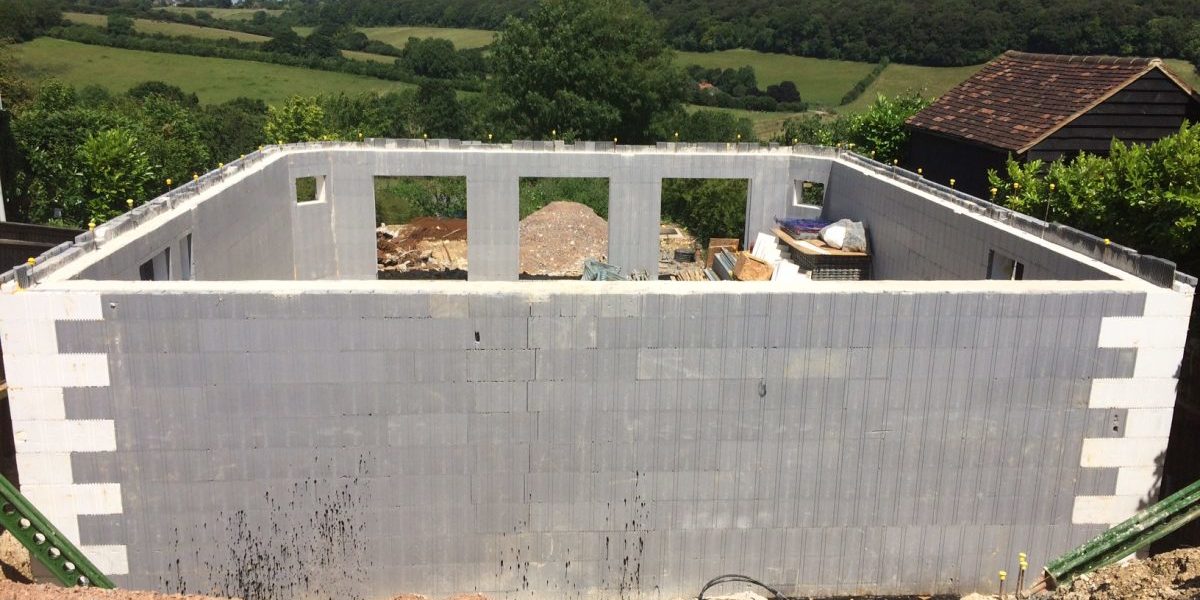
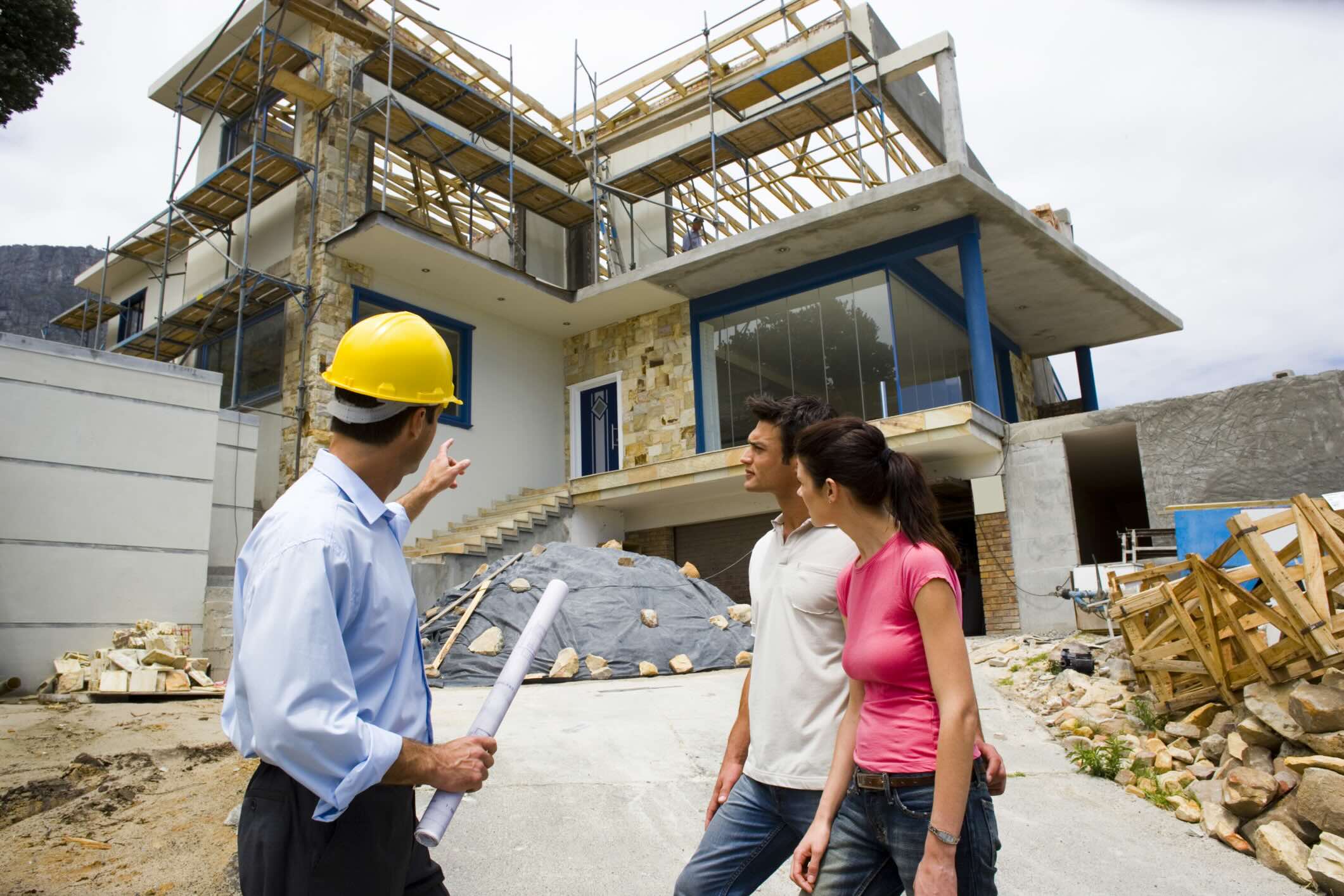
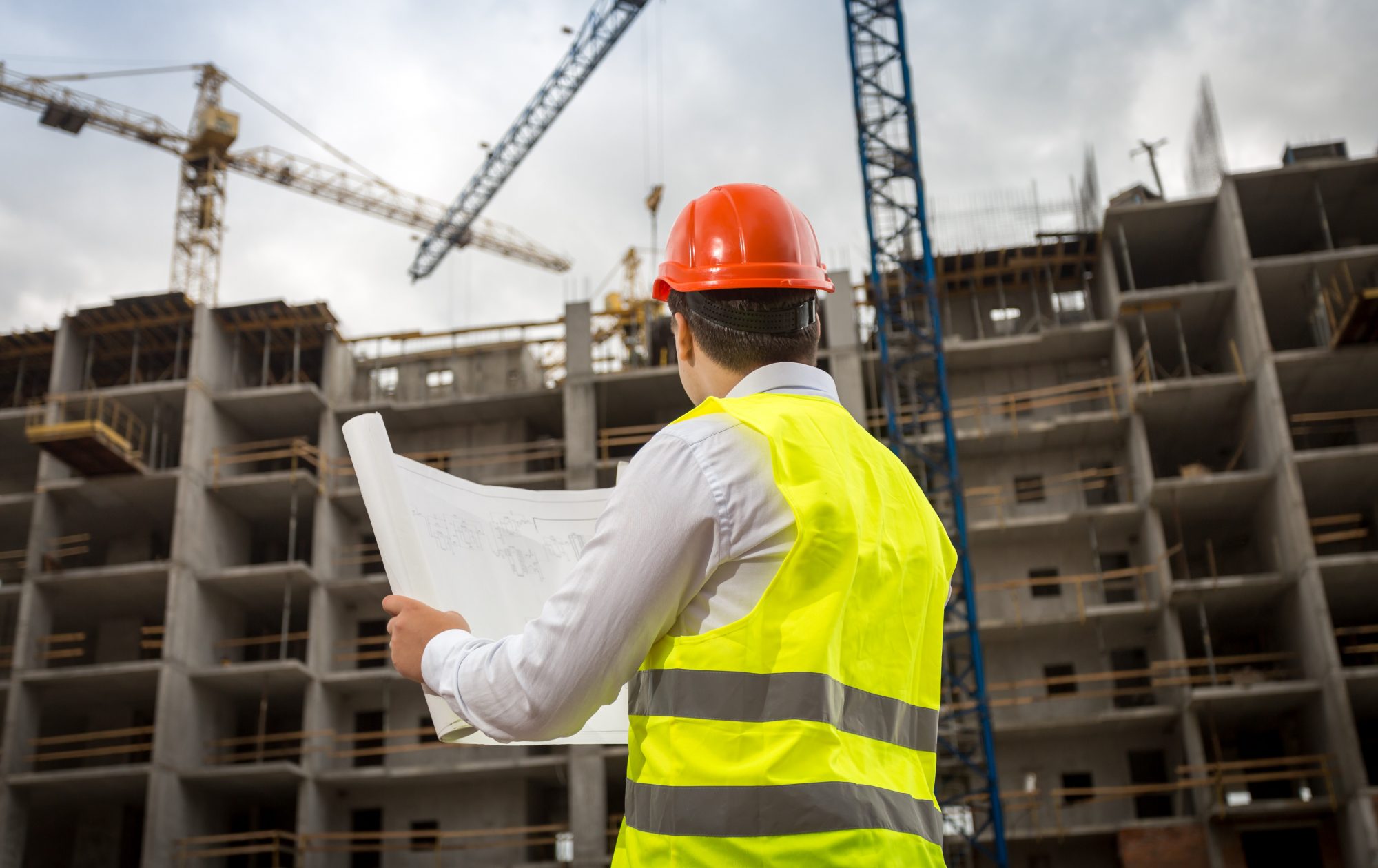
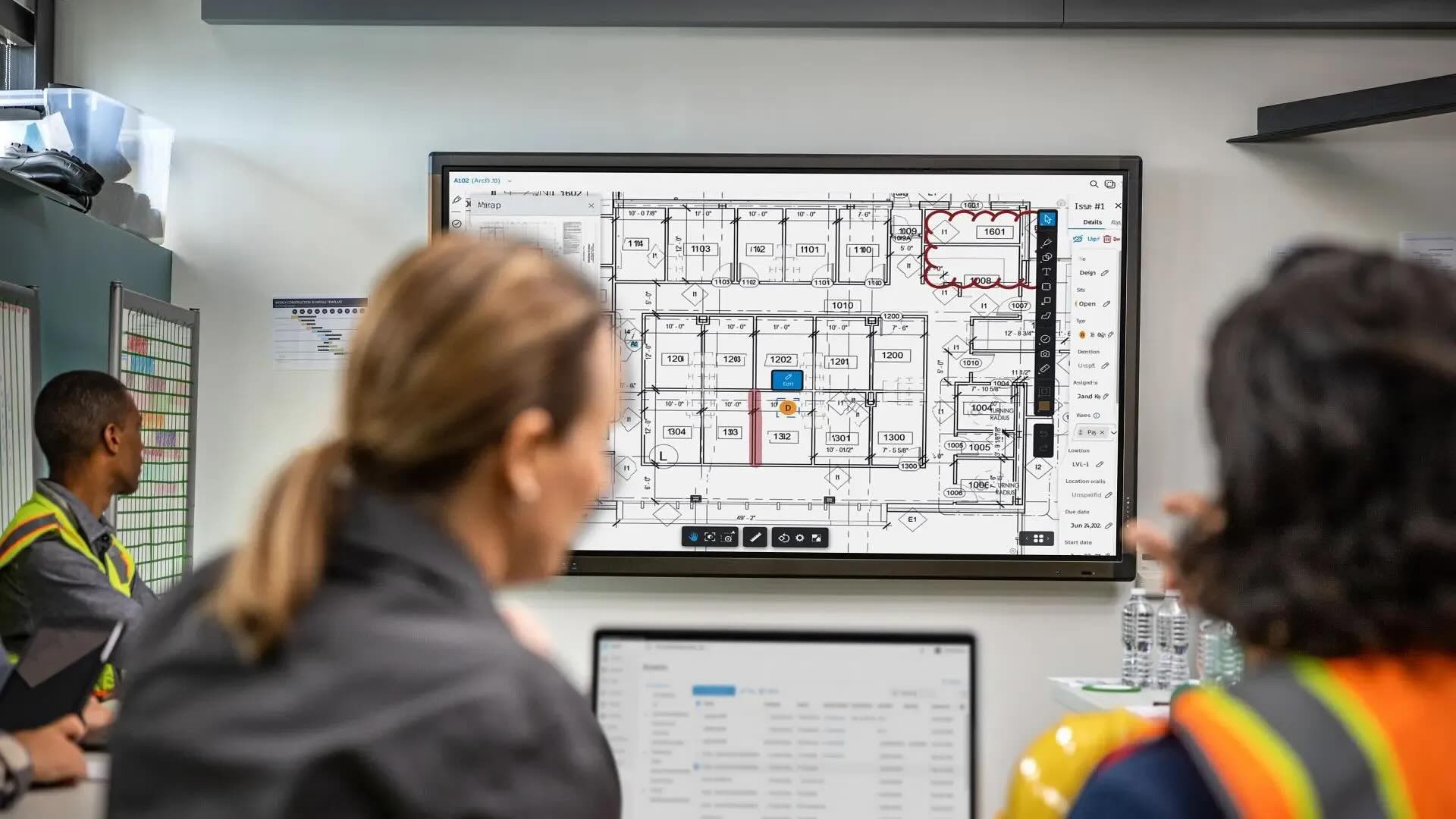
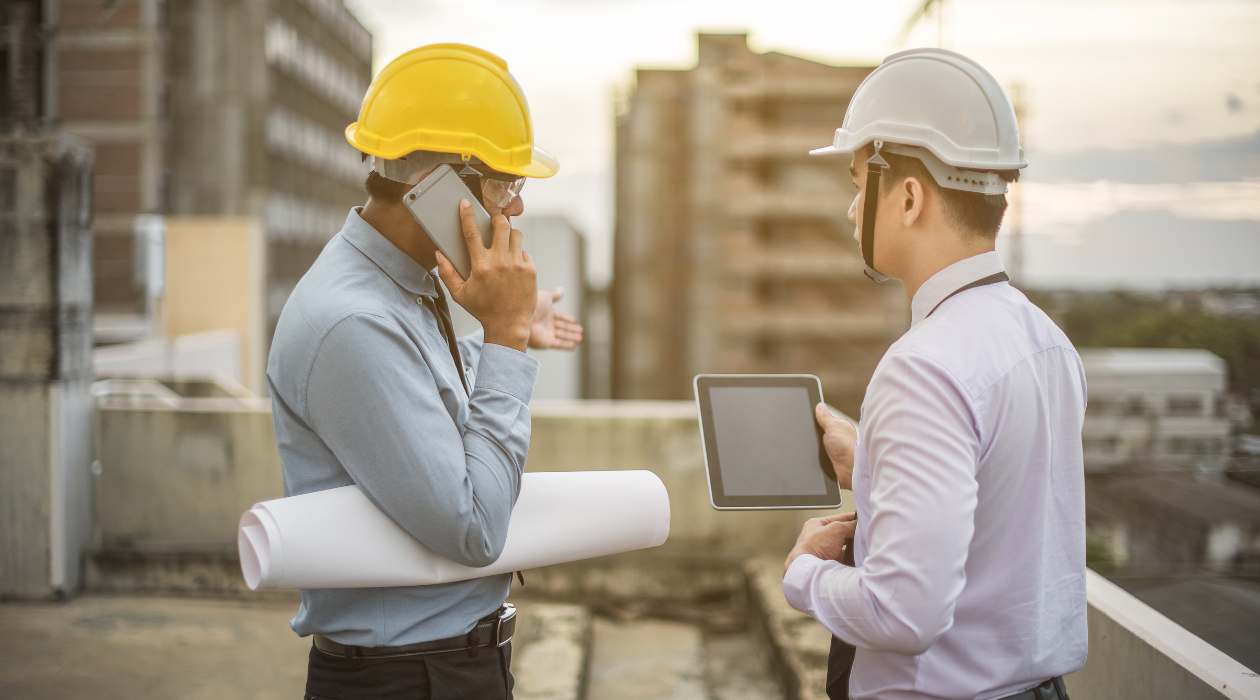
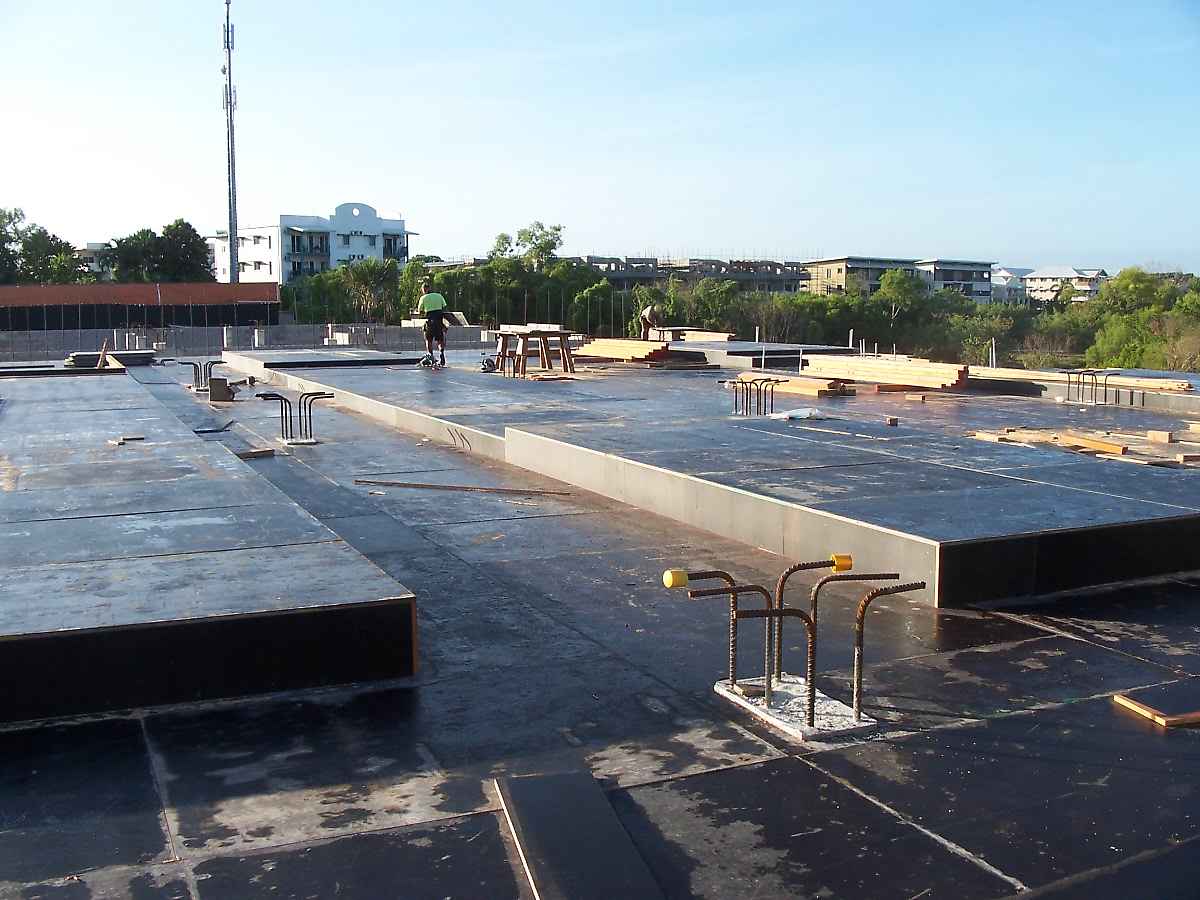
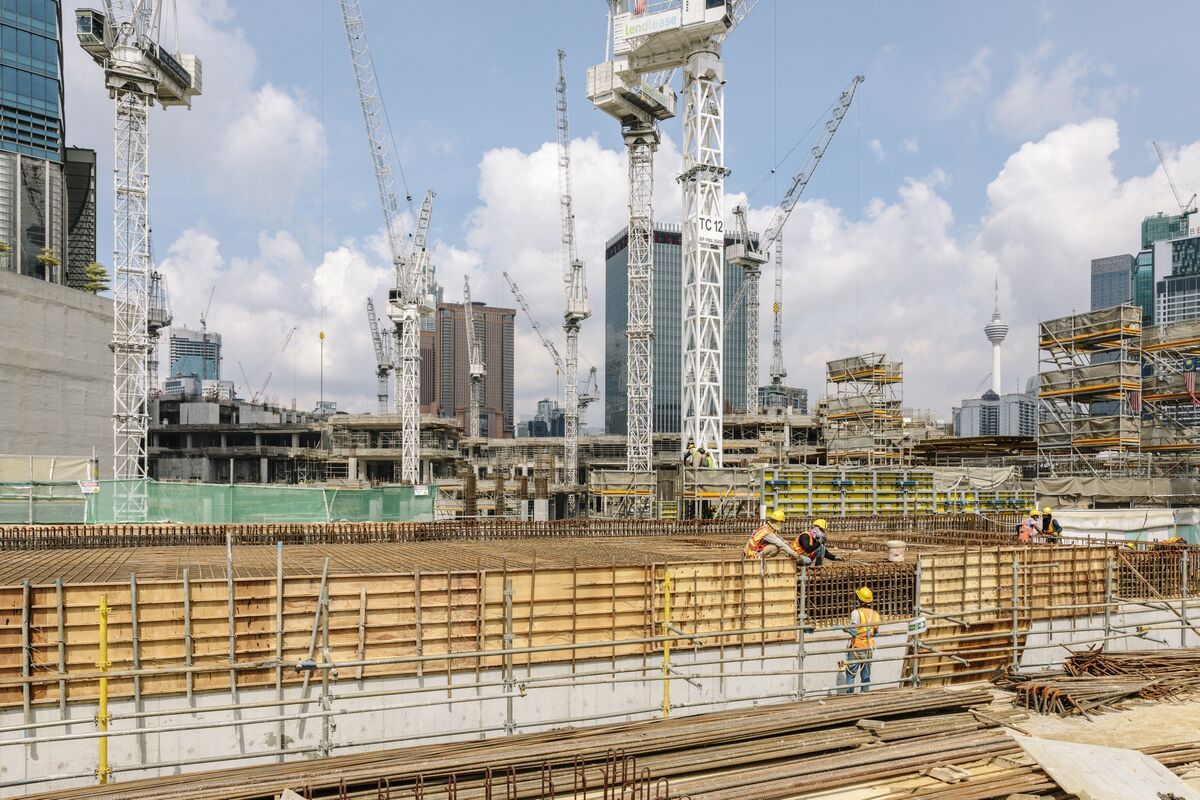
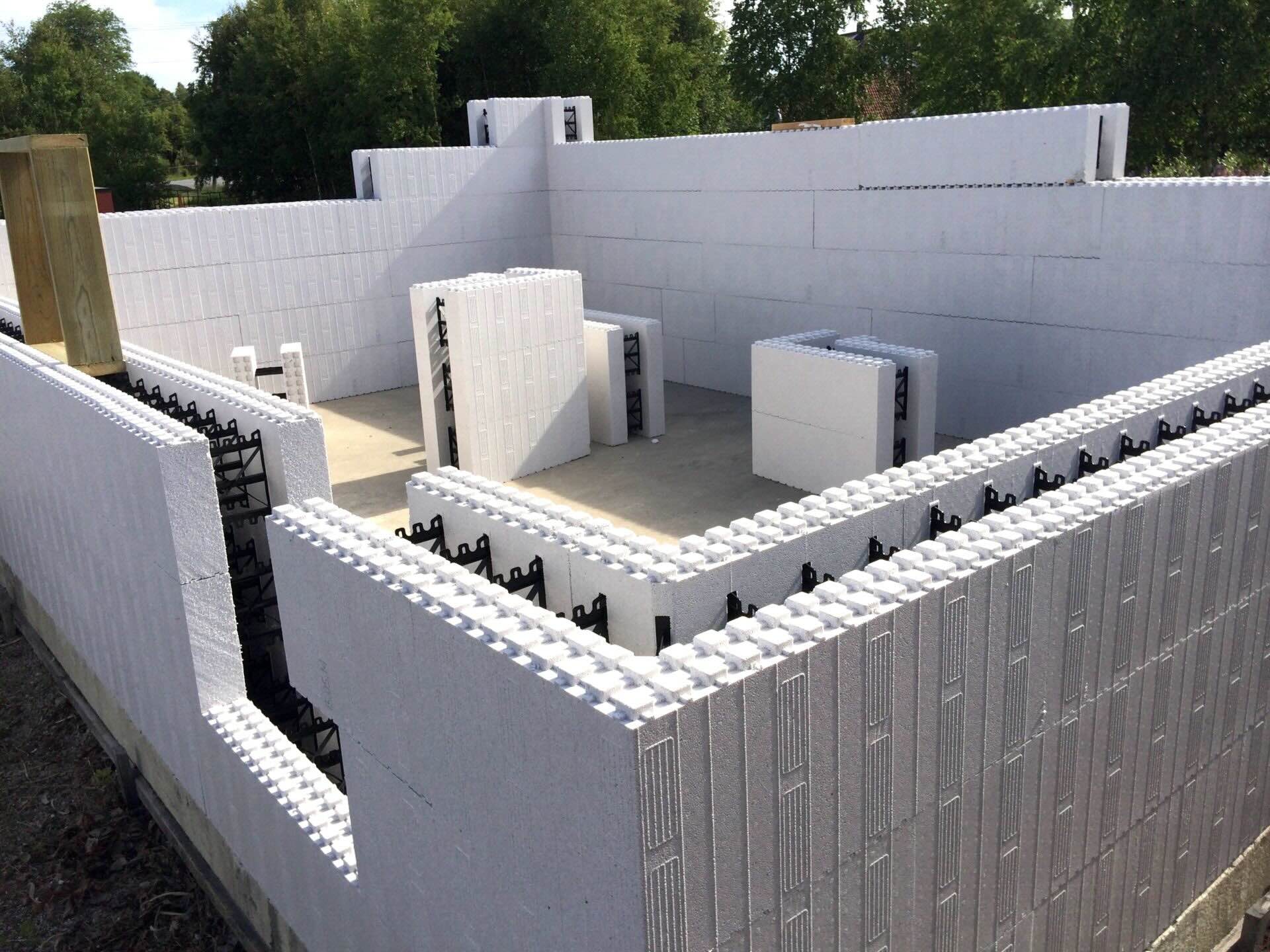
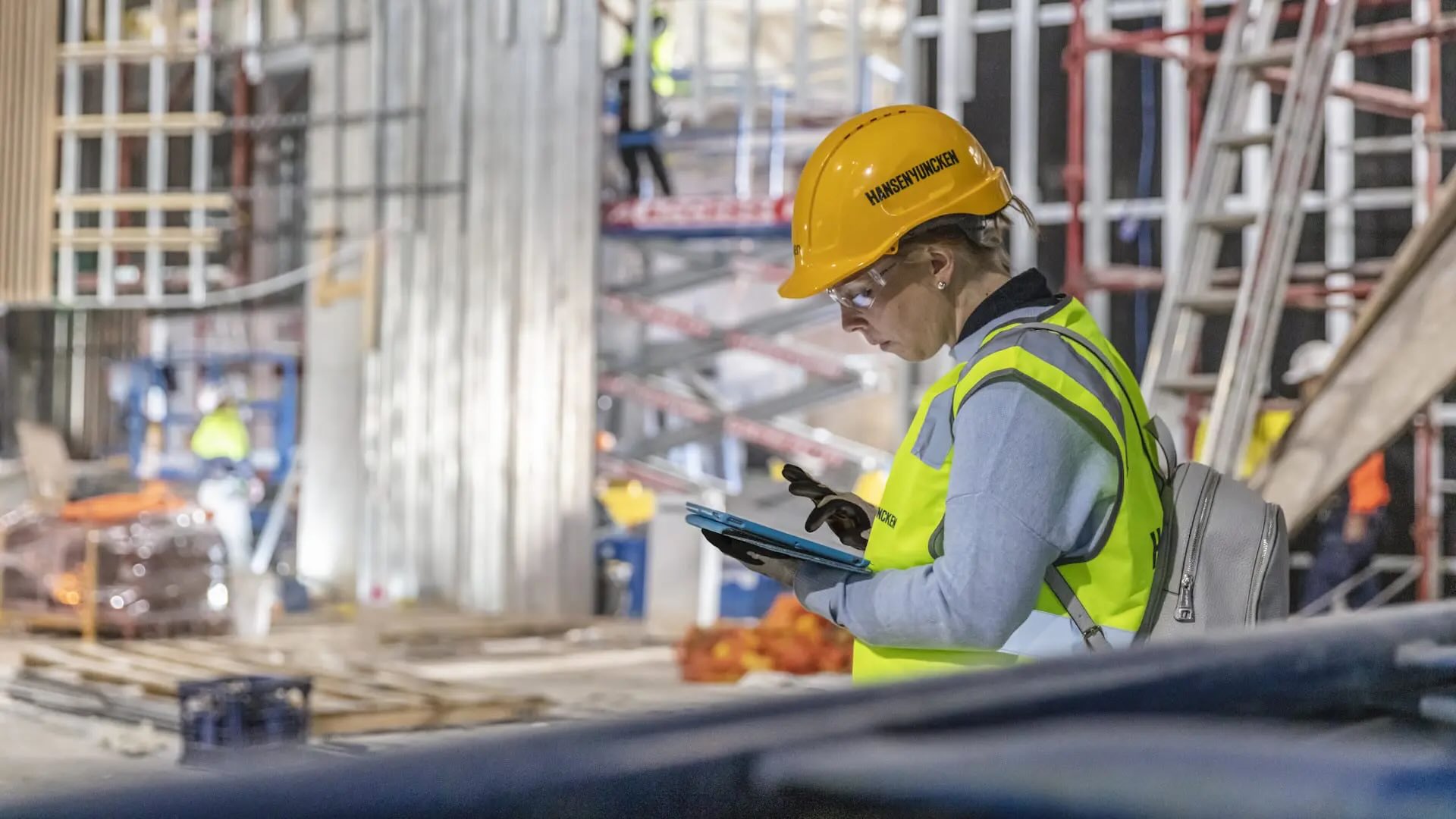

0 thoughts on “What Is Multifamily Construction”